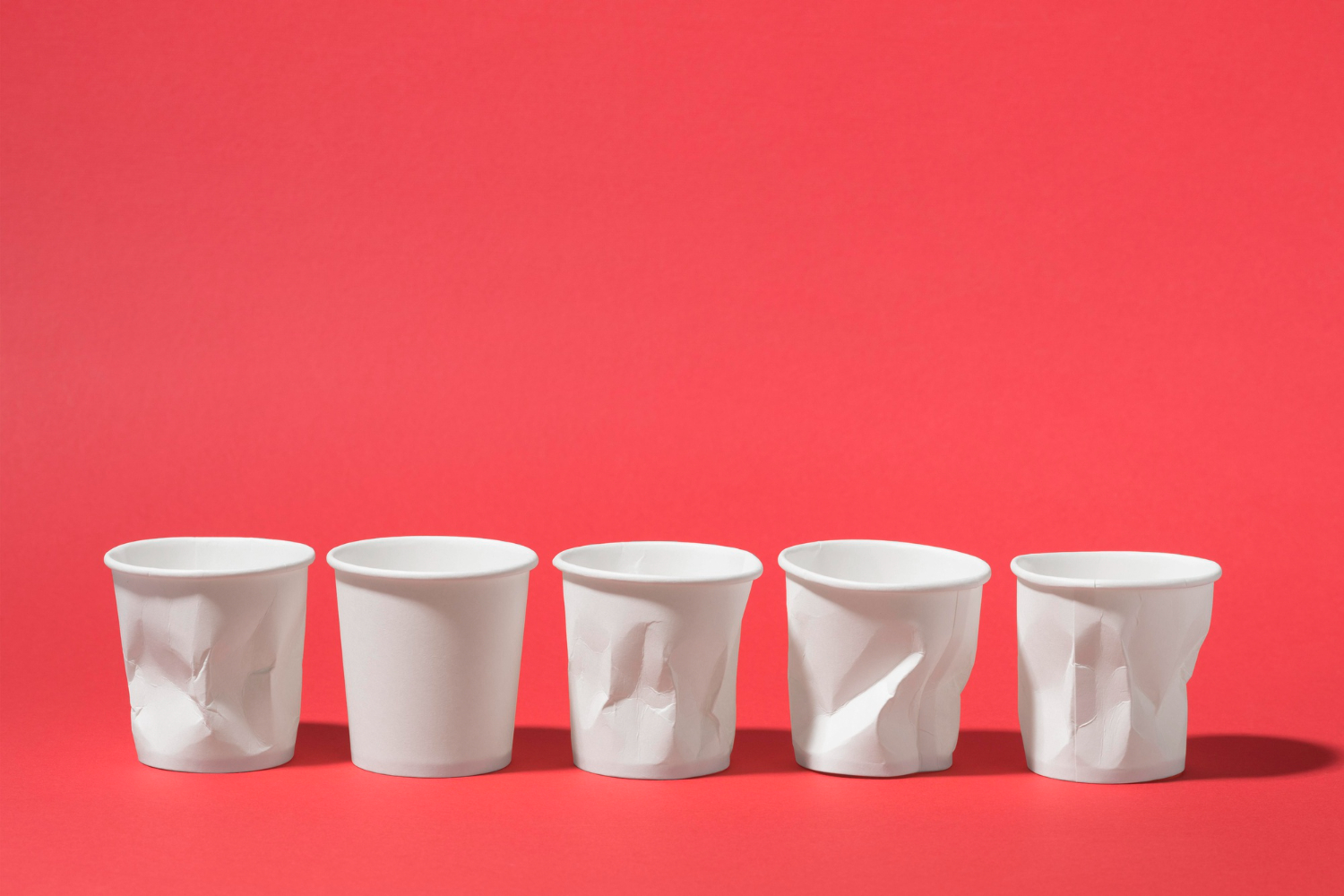Introduction:
When it comes to cooking and baking, precise measurements are crucial for achieving the desired results. Understanding different units of measurement and their conversions is an essential skill for any aspiring chef or home cook.
In this article, we will delve into the topic of ounces and cups, specifically answering the question: “How many ounces are in a cup?”
Defining Ounces and Cups:
Ounces and cups are both units of volume commonly used in culinary measurements. However, they belong to different measurement systems. Ounces are part of the imperial system, primarily used in the United States, while cups are part of the United States customary and metric systems.
Ounces to Cups Conversion:
To determine the number of ounces in a cup, we need to understand the standard conversion ratio. In the United States customary system, there are 8 fluid ounces in a cup. This measurement applies to both liquid ingredients, such as water or milk, and dry ingredients, such as flour or sugar.
Fluid Ounces vs. Ounces:
It is important to distinguish between fluid ounces and ounces. Fluid ounces (fl oz) measure volume, while ounces (oz) measure weight. In most culinary contexts, when referring to the measurement of liquids, the term fluid ounces is used. For dry ingredients, ounces refer to weight. Therefore, when converting between ounces and cups, it is crucial to consider the type of ingredient being measured.
Converting Ounces to Cups:
To convert ounces to cups, divide the number of ounces by the standard conversion ratio of 8 fluid ounces per cup. For example, if you have 16 fluid ounces of milk, you would divide 16 by 8, resulting in 2 cups of milk.
Converting Cups to Ounces:
Conversely, to convert cups to ounces, multiply the number of cups by the standard conversion ratio of 8 fluid ounces per cup. For instance, if a recipe calls for 3 cups of flour, you would multiply 3 by 8, giving you 24 fluid ounces of flour.
Metric Conversion:
If you are using the metric system or come across a recipe with metric measurements, the conversion may differ slightly. In the metric system, one cup is equivalent to 250 milliliters (ml). Furthermore, one milliliter (ml) is equivalent to one gram (g) for water or other liquids with a similar density.
However, keep in mind that the metric system does not directly align with the United States customary system, and conversions may vary depending on the ingredient being measured.
Conclusion:
Understanding the conversion between ounces and cups is essential for accurate and consistent measurements in cooking and baking. In the United States customary system, there are 8 fluid ounces in a cup.
Remember to differentiate between fluid ounces (volume) and ounces (weight) when converting between the two units. By mastering these conversions, you can confidently follow recipes, adapt measurements, and create delicious dishes with precision.




